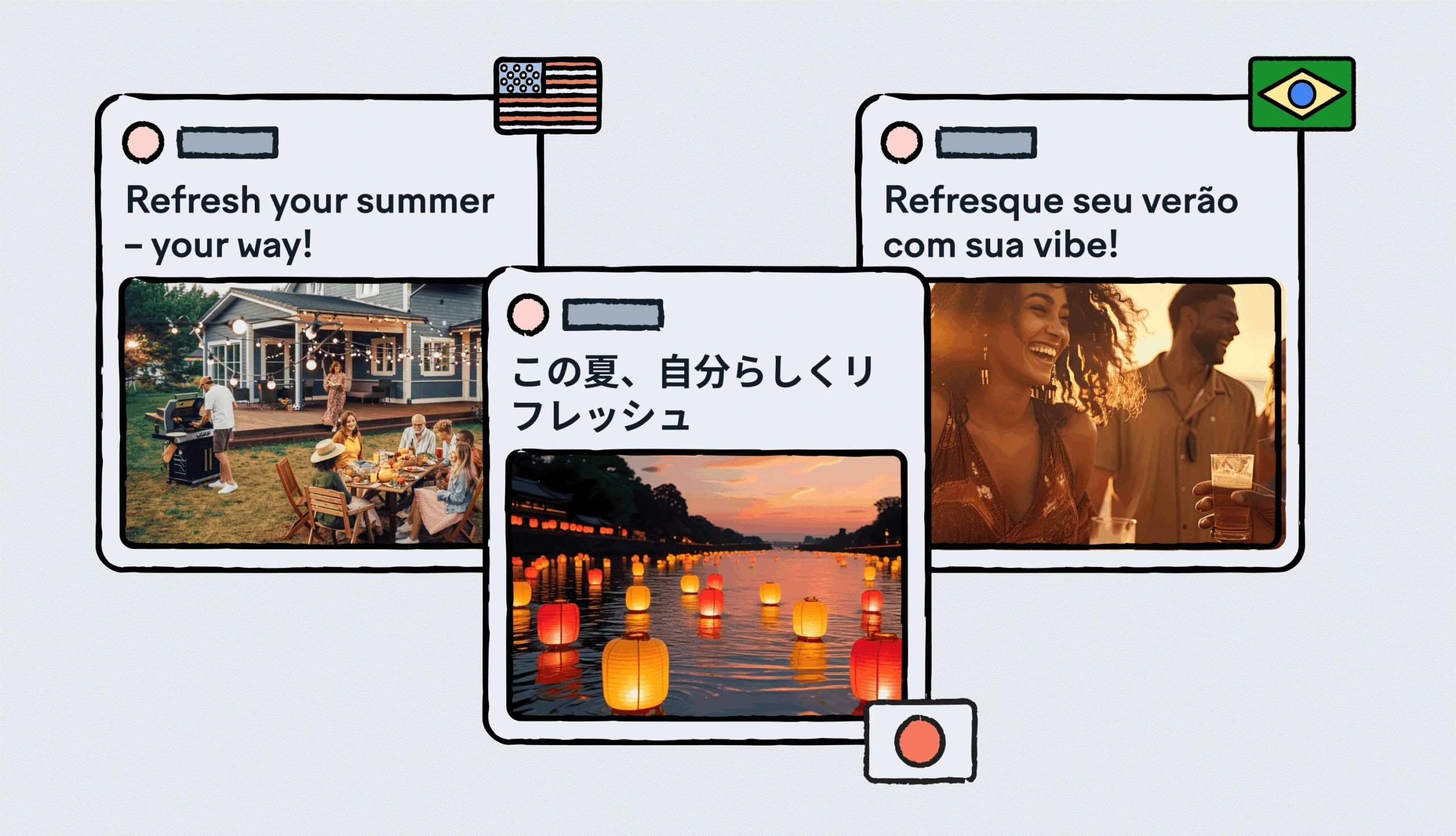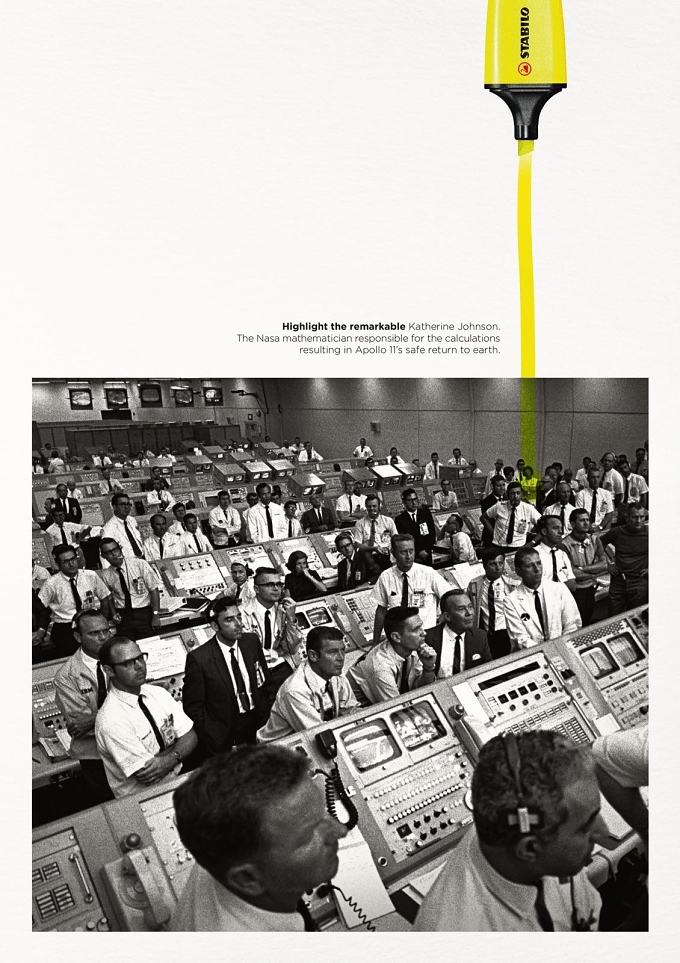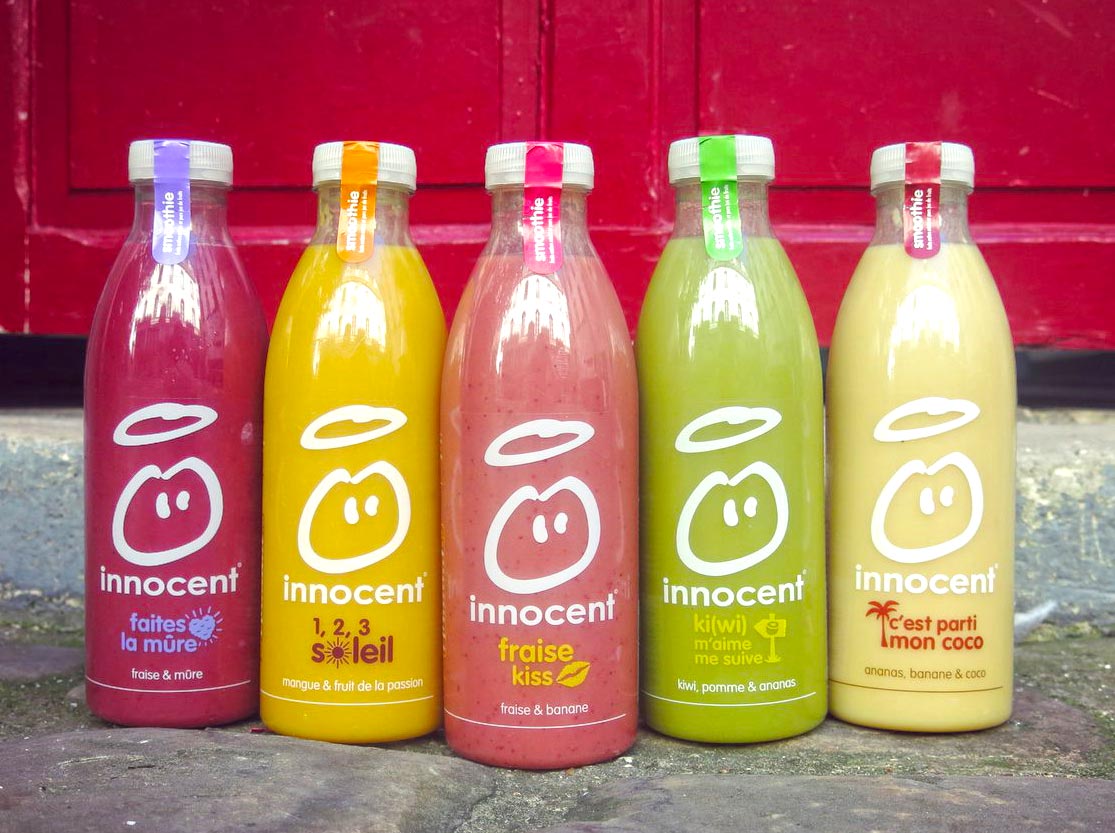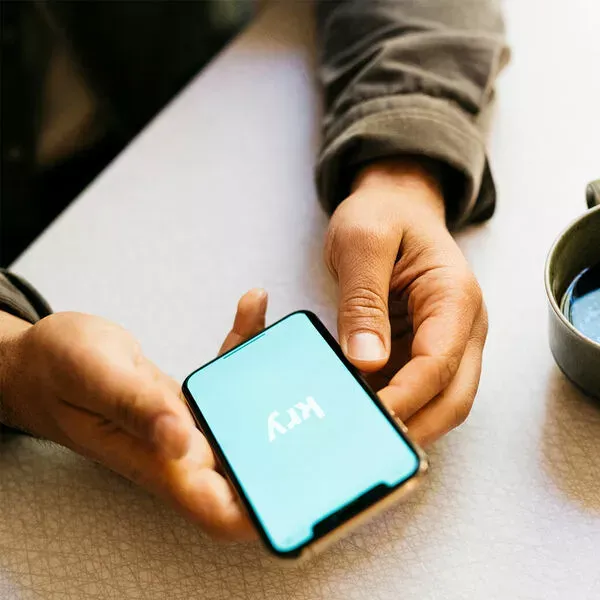Why real examples matter more than definitions
Definitions tell you what transcreation is. Examples show you what it does. Getting more familiar with real campaigns helps you defend a budget line or brief a copywriter in a way that increases your chances of success.
Learning about real-world campaigns is important because:
- They expose the stakes (e.g., seeing a slogan that doubled sales makes it clear how much a single line can help a launch)
- They unpack the craft (e.g., a side‑by‑side look at original vs. transcreated copy reveals the choices behind a winning rewrite)
- They deliver plug-and-play tactics (it’s easier to come up with ideas when you feed your mind with campaigns others did)
- They help you build a business case (numbers attached to real campaigns speak louder in budget meetings than any theoretical pitch)
That’s why the rest of this article leans on case studies and quick takeaways. You’ll see how brands, from household names to niche players, moved beyond word‑for‑word translation and won. Then you can borrow what fits and avoid their mistakes.
Famous brand transcreation wins
Big budgets can pay for new shoots and celebrity voice‑overs. But money alone won’t make marketing copy ring true in a different culture. What really sells abroad is the quiet craft of reshaping an idea so it sounds like it was really born there. Three campaigns show how that works in practice.
Mastercard: “Priceless” in every language
Back in 1997, Mastercard needed a fresh hook to close the gap with Visa. McCann’s “Priceless” formula (three price tags, one priceless moment), gave the brand an emotional spine that translation alone could never manage.







